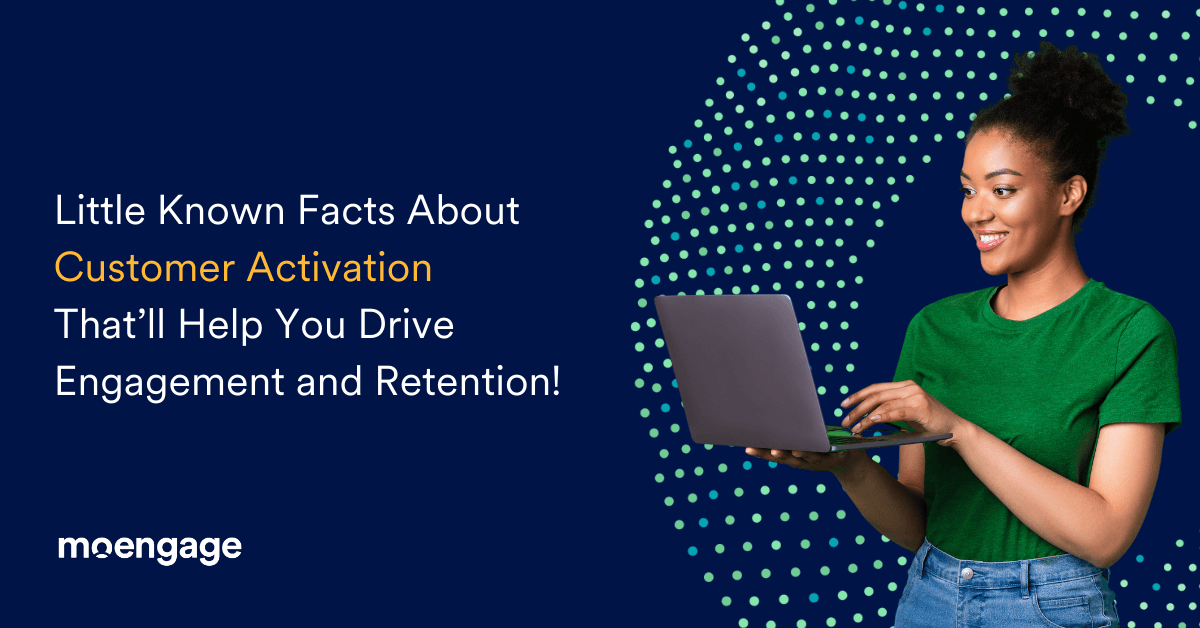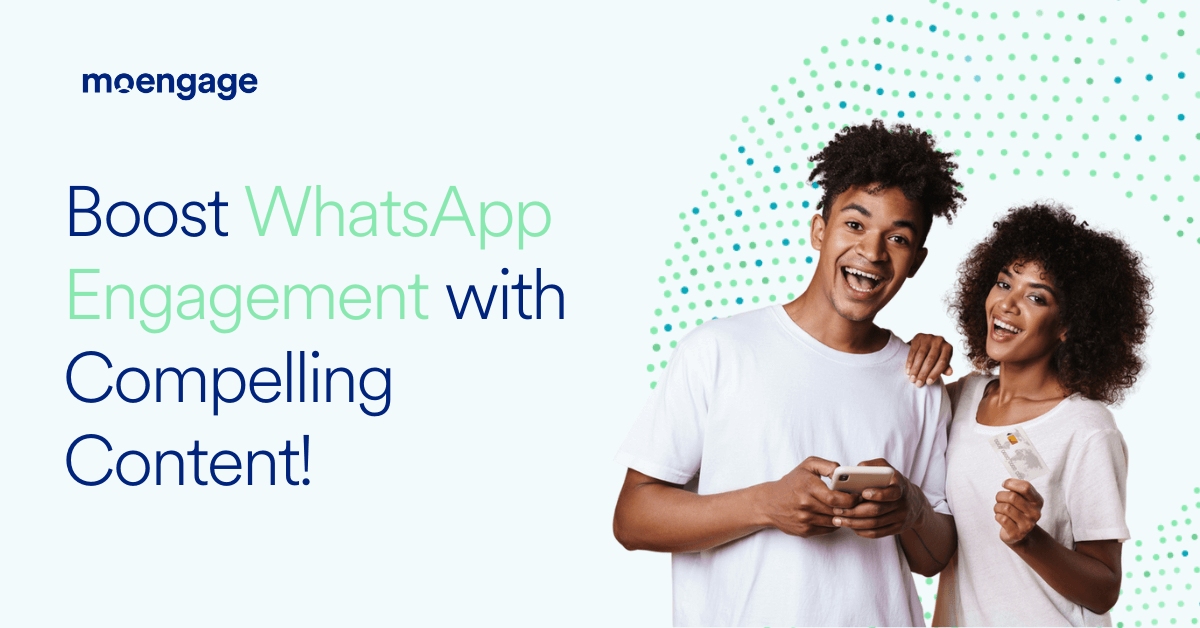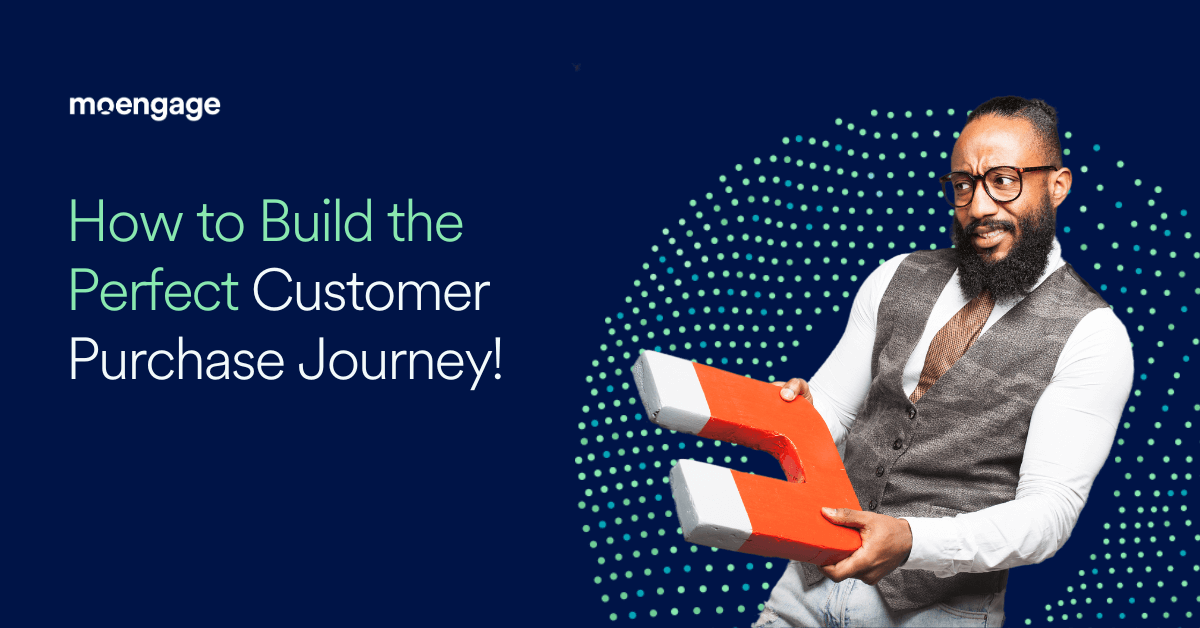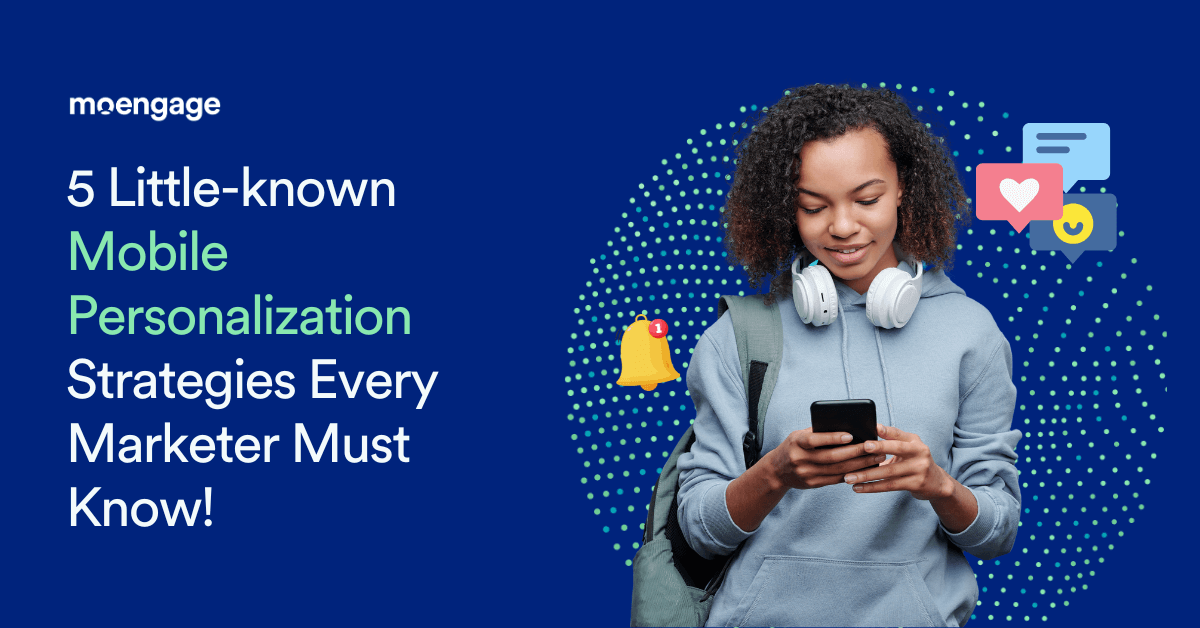9 Customer Onboarding Best Practices That You Should Use
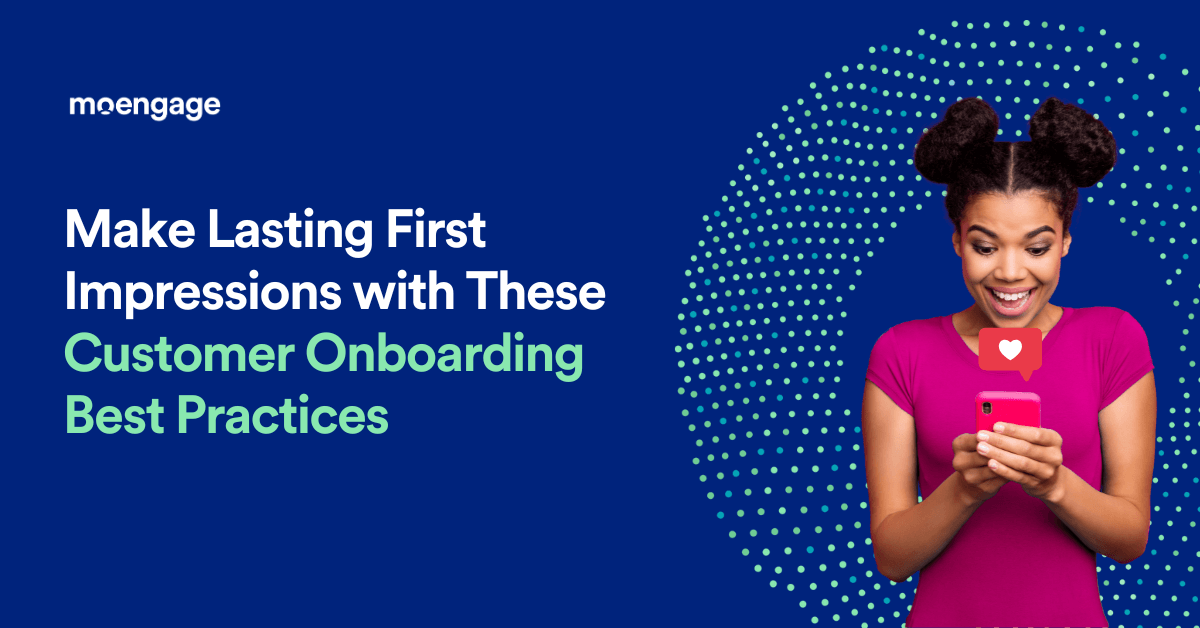
Your sales and marketing teams have worked hard to identify, attract, engage, and convert leads. However, landing high-value prospects or paying customers is just the beginning of the customer journey. However, the path to retaining customers is a rocky one, which is why you need to know customer onboarding best practices to kickstart this relationship on the right foot.
This blog talks about some of the best practices in customer onboarding.
| What is customer onboarding?
Customer onboarding is the process of introducing new products or services to a first-time user. It is designed to make the customer experience seamless. |
Why Should Businesses Care About Customer Onboarding Best Practices?
Before diving into the nuances of customer onboarding best practices, let’s take a look at what makes customer onboarding important in the first place.
Here’s a quick overview of the benefits of an effective customer onboarding process:
- Higher Engagement Levels: 70% of customers believe understanding how to use a product or service is critical for maintaining peak customer engagement. Seeing how customer onboarding allows them to experience the product/service and its usage, there is a clear link between customer onboarding and customer engagement.
- Greater Customer Success: 70% of potential buyers make a purchase-related decision based on the quality of customer service they receive. So, a customer onboarding process can be a medium to win over such prospects who may have simply signed up or are on trial and convert them into paying customers.
- Lower Customer Churn: Over 55% of customers have returned a product, and 80% have uninstalled an app as they failed to realize its value. On the other hand, 86% of consumers would be more loyal to a business with a seamless customer onboarding strategy. Customer onboarding is the key to long-term customer retention.
- Increased Perceived Value: Customer onboarding expedites the customer’s journey to the “aha!” moment of your product or service. As such, it front-loads the value proposition, which is why 82% of enterprises consider customer onboarding as the key driver of more value.
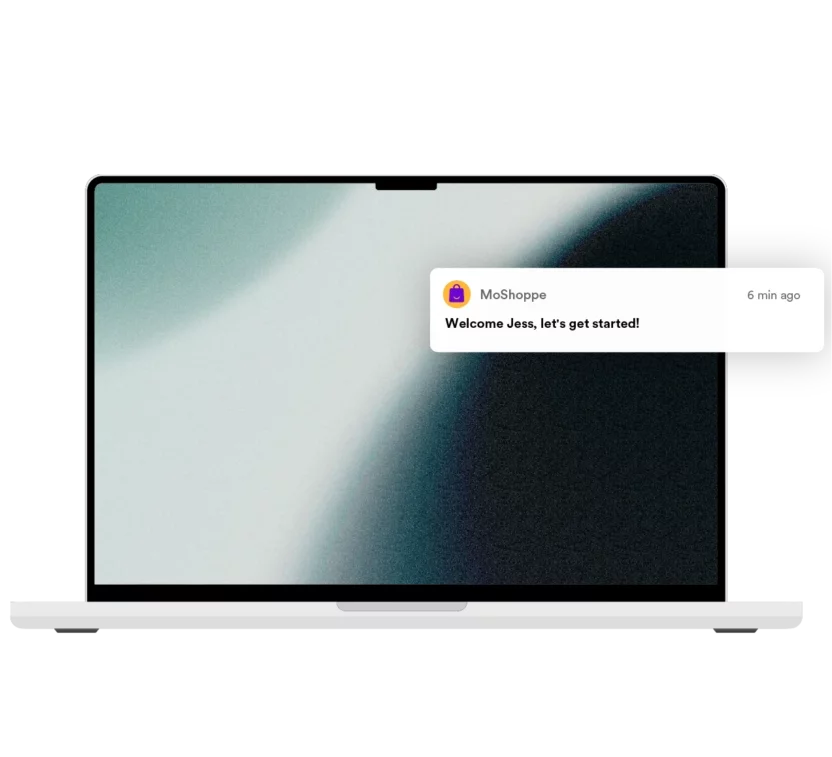
9 Customer Onboarding Best Practices for 2023 (and Beyond)
Now that you understand the importance of effective customer onboarding let’s focus on customer onboarding best practices that will set you off on the right foot.
1.) Communicate Early, Communicate Often
When it comes to customer onboarding, you simply cannot leave your customers hanging. So, start communicating with them as early as possible and do so consistently.
Welcome emails sent immediately after sign-up are classic customer onboarding examples. You can send them a simple thank you or share a helpful resource (preferably a product guide or a demo video) to nudge your customers into using the product or service.
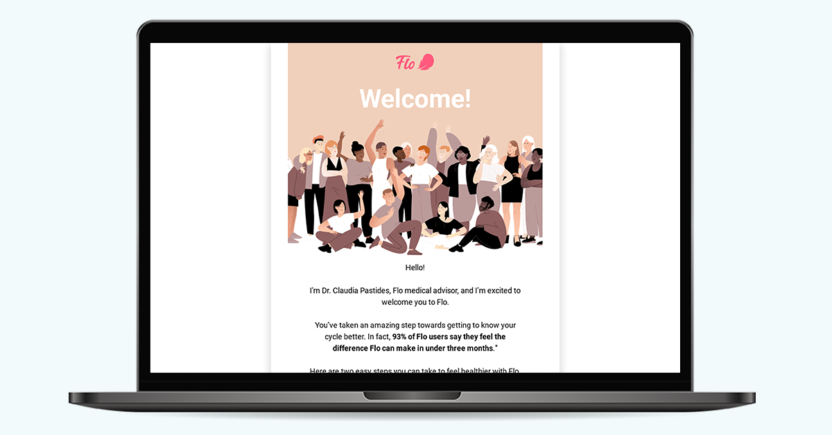
Either way, keep the message short, personal, and engaging, with value sitting at the core of it. Such value-driven contact will allow you to build lasting customer relationships.
2.) Collate and Analyze Customer Data
An effective customer onboarding strategy directly caters to the customer’s requirements. As such, the customer success team should gain a 360-degree view of the customer to satisfy their needs. And who can be a better source of credible data than your customers themselves?
Use the onboarding experience as an opportunity to make your customers feel seen and heard right off the bat. You can start by collecting the following necessary data:
- Who are your customers?
- What do they want?
- What are their pain points?
- How does your product or service fit as a solution for the pain points?
- What are some desired outcomes pending?
- What is stopping them from using the product or service?
- What are their expectations?
- How do they measure success?
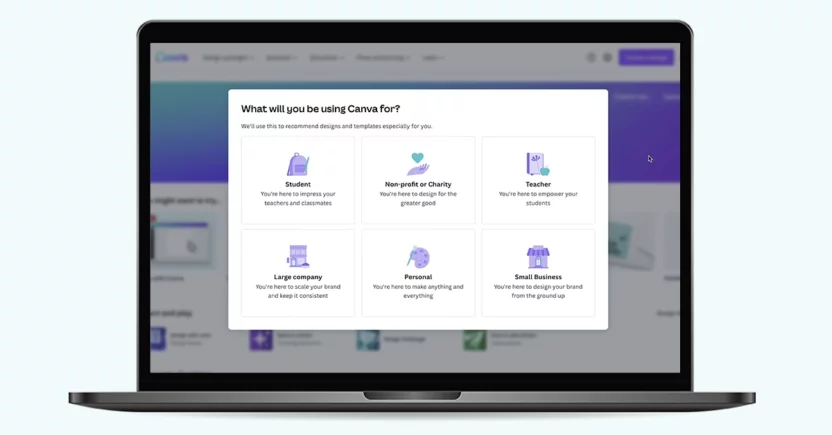
Such inputs will help you understand your customers better and curate a customer journey that is delightful and rewarding.
3.) Identify Goals and Establish Milestones
Once you have a basic idea of the customer’s expectations, it would be smart to convert them into goals and milestones along the customer journey.
To illustrate such a customer success story, let’s take an example of the customer onboarding process for a banking app.
Say a customer installs your app. During the onboarding process, the customer proposes that they use the app primarily to build a retirement corpus. The resulting onboarding flows can help them discover a calculator that allows them to compute how much they need to save or invest for their retirement.
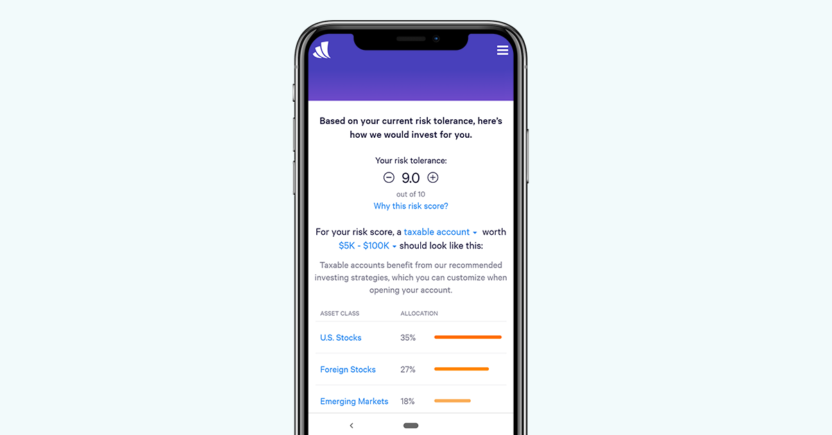
It can also help them prepare a roadmap to retirement and mark various milestones, such as attaining a specific net worth.
Similarly, the app can educate them about any investment opportunities or saving schemes that align with their financial goals. These comprehensive plans and handholding can motivate customers to complete key tasks that contribute to their larger goals.
Such a customer onboarding experience for your mobile app is bound to capture and retain the attention of the consumer and increase their lifetime value!
4.) Gamify the Onboarding Process
Gamification is the secret to an effective onboarding process.
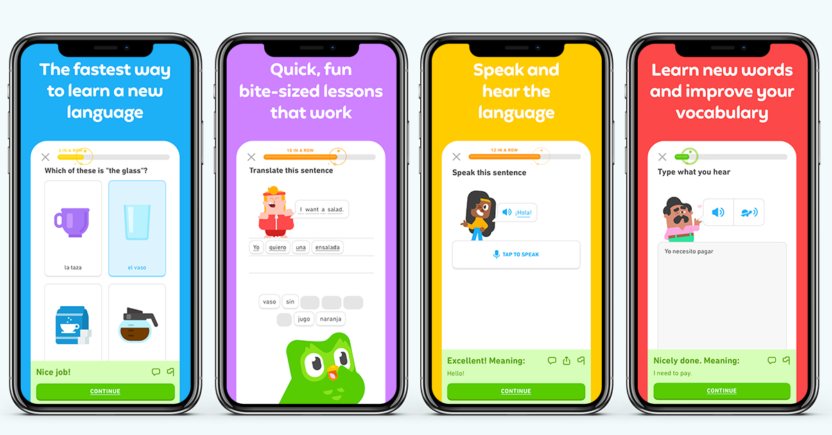
Interestingly, gamification doesn’t have to be complicated. You can simply document the onboarding process as a customer onboarding checklist or progress bars that update as the customer completes an action or gets a desired outcome.
So, for example, new customers will earn some introductory tokens after completing the sign-up process. They move up a few levels after confirming and validating their email address or following your official social media handle.
You can even give them a badge if they signed up for your product newsletter. Have a progress bar encouraging them to flesh out their profile with their name, date of birth, etc.—you get the gist. There are more ways than one to gamify the onboarding process.
| Did You Know? Gamification through checklists makes use of the Zeigarnik Effect – a phenomenon where an interrupted activity has more recall value than a completed one. It is a widely used customer onboarding strategy for SaaS products. So, queue up some tasks to stay on top of your customer’s minds! |
Visualizing such progress offers a sense of accomplishment and motivates customers to check more things off their checklist. If the idea of gamifying the onboarding experience seems too complex, you can also do interactive product tours or walkthroughs to complete onboarding without any loss of engagement.
5.) Let the Customers Decide
About 67% of modern-day consumers prefer the self-service approach over seeking assistance from human agents. Such a trend indicates that customers are more than capable of taking charge.
However, just because they prefer it does not mean that they will necessarily stumble upon the value of your product or service. And for this reason, you need to develop a good customer onboarding process.
Your customer onboarding program should act as a guided path to the value proposition. Even though it contains an assortment of onboarding flows, it must grant autonomy to the customer in choosing their path. Doing so empowers the customer to feel more in control, as they discover value in response to their actions.
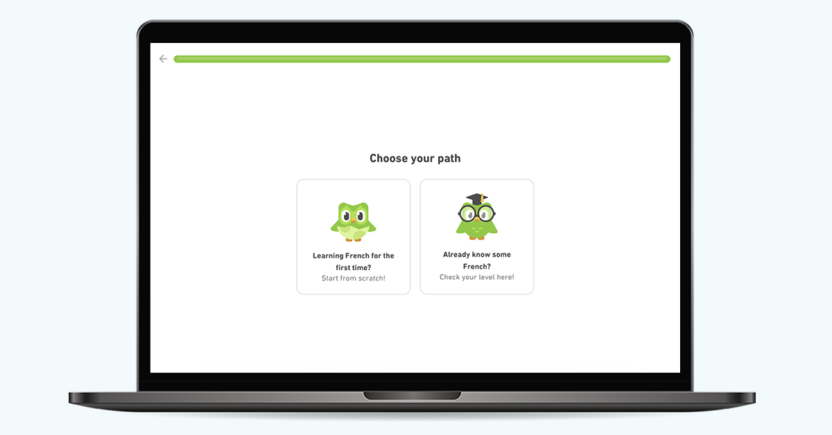
It also adds a touch of personalization and allows every individual to have a distinct customer onboarding experience.
6.) Personalize the Customer Onboarding Program
If you’ve followed the above customer onboarding best practices, you’ll have customer data, understand their goals, aspirations, and preferences, and even have various onboarding flows that connect the two. As such, you have the key to personalizing your customer onboarding strategy.
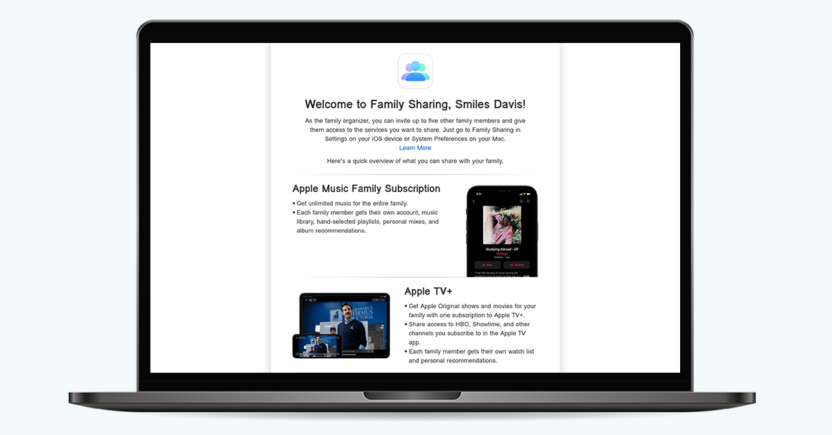
Now, you can segment your existing customers based on their personas. Then, businesses can establish standard operating procedures for customer onboarding flow based on every group’s specific requirements, preferences, behavioral patterns, technical competence, and other such variables..
In this way, when new customers enter the customer base, they can enjoy a rich onboarding journey with personalized experiences – even if they’ve shared the bare minimum necessary data.
7.) Leverage Technology
Whether it is automating the marketing and sales process or maintaining an overall customer database, technology is the answer to every business operation’s requirement. So, why should it not feature in customer onboarding?
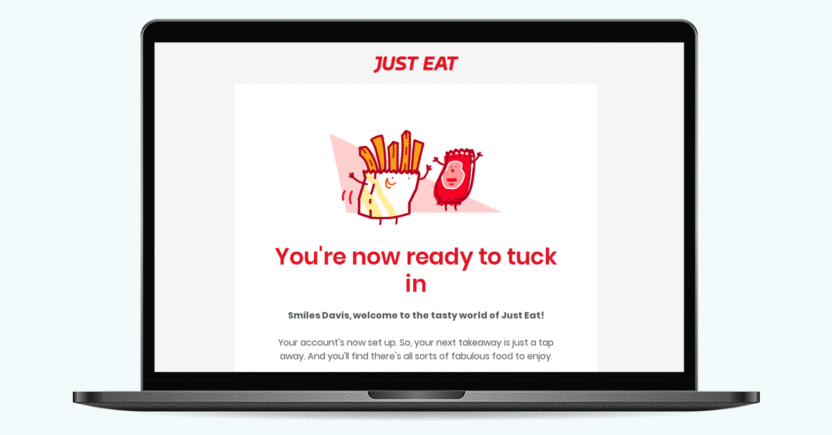
A powerful onboarding tool is an invaluable asset that can eliminate all the manual processing and guesswork that goes into onboarding customers. It can perform various activities, from collecting, storing, and maintaining customer data to making the customer onboarding flow dynamic.
You will also get access to tools and resources that help you create onboarding assets, such as welcome email templates, product walkthroughs or demonstrations, video guides and tutorials, and more.
You can even configure them to implement an automated and personalized customer onboarding strategy that helps you strike the perfect balance of the right message to the right customer at the right time.
8.) Measure, Rinse, and Repeat
As with any business strategy, you need to formulate a system to measure onboarding success.
First, you need to identify and prioritize the customer onboarding metrics. You will come across KPIs like time-to-value (TTV), time to complete onboarding, activation rate, churn rate, product adoption rate, post-onboarding customer satisfaction, and more.
Pick the ones that fit your business model and reflect your onboarding goals. Then, set benchmark values using historical data or industry-specific standards (or even a blend of both). Correlate the impact of these KPI values on onboarding success so that you can make necessary adjustments.
You can even involve your existing or new customers through feedback and surveys to understand what the end consumer feels about your onboarding process and how to improve it.
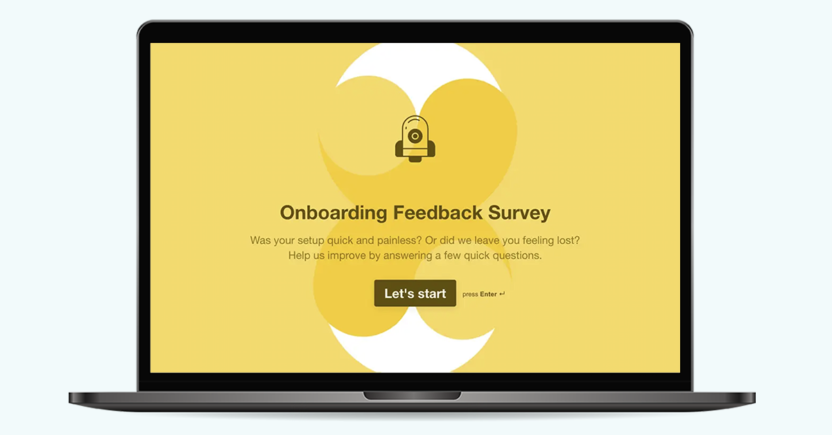
9.) Focus on Relationship Building
Every customer sign-up or purchase is an opportunity to nurture customer relationships. It doesn’t matter if the customer journey lasts a few minutes (say, when one purchases clothing) or a couple of years (say, when businesses purchase enterprise-grade software).
Naturally, you would want to make a powerful first impression to retain customers for long-term success.
So, rather than treating them as a sale, treat them as unique entities turning to your products or services to address a pain point. Once they enter the sales pipeline or convert into a paying customer, dedicated service and support should feature in the customer onboarding best practices.
Follow up with them, check in on their progress, assess their satisfaction levels, assign account managers – essentially, do everything that makes your customer feel valued than just stating it in words.
You’ll be surprised how such small, impactful strategies can counter customer churn.
| Pro Tip: Use a multichannel strategy for effective customer onboarding. Share helpful resources through email, push notifications, in-app notifications, social media, and every possible channel to make value accessible. |
In Summary
Businesses must view customer onboarding as an opportunity to wow their customers rather than a mere formality. After all, it sets the tone for what customers can expect while associating with your business.
With customer engagement, customer retention, and long-term success on the line, businesses must focus on formulating customer onboarding strategies aimed at winning over the customer from the very first interaction! Fortunately, we have shared some killer customer onboarding best practices that can help achieve success.
So, share these tips with your customer success manager (or bookmark it if you’re one yourself) and give your new customers an onboarding experience that they will never forget!
Frequently Asked Questions
What is a customer onboarding framework?
A customer onboarding framework formalizes the customer onboarding strategy and best practices. It outlines the necessary steps or activities new customers must complete for successful onboarding.
The customer onboarding framework typically contains the following:
- Pre-onboarding
- Orientation
- Training and Education
- Configuration
- Engagement
- Feedback
How do you effectively onboard customers?
To effectively onboard customers, you will have to:
- Follow a customer onboarding template.
- Share helpful instructions, resources, and assets.
- Offer relevant and actionable training.
- Assign an account manager or a point of contact.
- Involve technology to automate repetitive tasks.
- Capture feedback from new customers on their experience.
- Initiate secondary onboarding to set up engagement loops.
How do you create a customer onboarding process?
Here’s how you can create a customer onboarding process:
- Define onboarding goals and objectives.
- Document the customer onboarding journey.
- Develop onboarding materials and resources.
- Identify key metrics for successful onboarding.
- Integrate technology to automate parts of onboarding.
- Test and measure the performance of your onboarding program.
- Find ways to iteratively improve the customer onboarding process.
